Everyone knows about Santa! He's the large man who can inexplicably fit down your chimney to deliver all the toys you wanted, just in time for Christmas morning.
We all have our favorite warm and fuzzy memories of Santa. For some, it was writing him letters filled with our requests for the year>; for others, it was leaving out cookies by the fireplace on Christmas Eve.
No matter your favorite nostalgic Christmas memories, you might be surprised to learn this magical figure actually has quite a complex and colorful history — one that's still shrouded in a bit of mystery!
Many cultures have festivals where people exchange gifts, and many also feature magical creatures who leave presents for the deserving, and Santa Claus comes from those same rich traditions.
Read on to learn more about Santa Claus and his fascinating history — and be sure to let us know your favorite Santa memories in the comments below!
1. Santa Is Not The Only Mythical Figure To Use A Chimney

The chimney has long been a point of entry for supernatural gift-givers — including Befana, an old Italian mythological figure, and St. Nicholas.
Befana was usually depicted covered in soot from her trips down chimneys, while St. Nicholas chose to remain cleaner and simply tossed coins down.
Some historians believe that the chimney tradition comes from the way that the hearth was traditionally the center of the home, both practically and spiritually.
2. He Might Be Based On The Norse God Odin
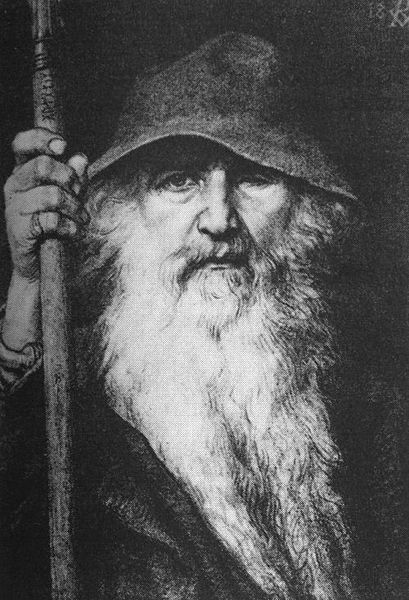
Some historians see parallels between Santa and Odin, namely in the way Christmas and the pre-Christian holiday of Yule share many characteristics.
During Yule and the winter solstice, Odin was said to ride across the dark skies in a procession known as the Wild Hunt.
Odin was also portrayed with a long, white beard, and was known to dispense gifts.
3. He Might Also Be Based On The Catholic Saint Nicholas

St. Nicholas of Myra was a Greek bishop in the 4th century who became famous for giving gifts to the poor — and was traditionally portrayed with a white beard.
His name day, on December 6, was celebrated in the Middle Ages by giving gifts to children.
During the Protestant Reformation, celebration of saints was abolished, but since people like to give and receive gifts, the tradition was simply moved to Christmas Eve and Christmas Day.
4. Sweet Treats Have Long Been Offered To Santa

Leaving a treat for Santa is a tradition in many parts of the world.
Cookies and milk are common in the U.S. and Canada, while in Britain and Australia, people leave mince pies and sherry and in Sweden and Norway, rice porridge is the preferred treat.
Leaving carrots for the reindeer is also a tradition, since they work hard!
Offering treats in exchange for benevolence from the supernatural is an ancient, worldwide tradition, and can even be found in Halloween traditions.
5. He Didn't Always Have Reindeer
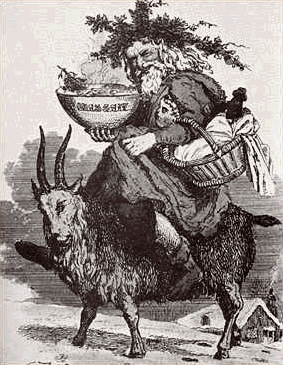
Speaking of reindeer, they were not always the transportation. He's also been known to use deer, cows, horses, and goats.
Once his character was determined to live in the North Pole, reindeer became the favorite transportation.
Originally numbered at eight, Rudolph and his nose were added to the team in 1939.
6. He Makes His Home Up North, But Where Exactly Is Up For Debate
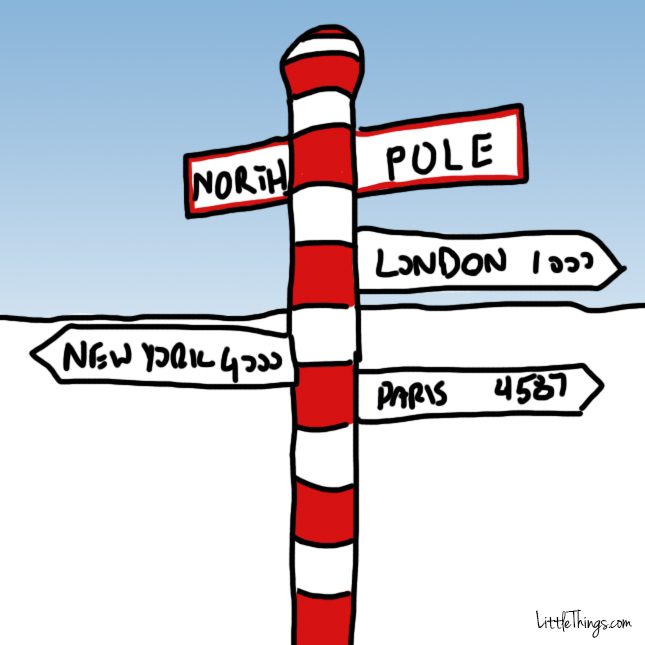
Santa is usually portrayed living in the snowy Arctic, where he and his host of elves spend the rest of the year crafting toys and other goodies for the children of the world.
His home at the North Pole is specifically North American, though, and Canada claims that his home falls just within Canadian jurisdiction.
His postal code? H0H 0H0. Really. He was even awarded Canadian citizenship in 2008.
However, other countries may dispute this. Each Scandinavian country, for example, has claimed that Santa actually lives in their nation.
7. He Employs Fellow Elves In His Workshop
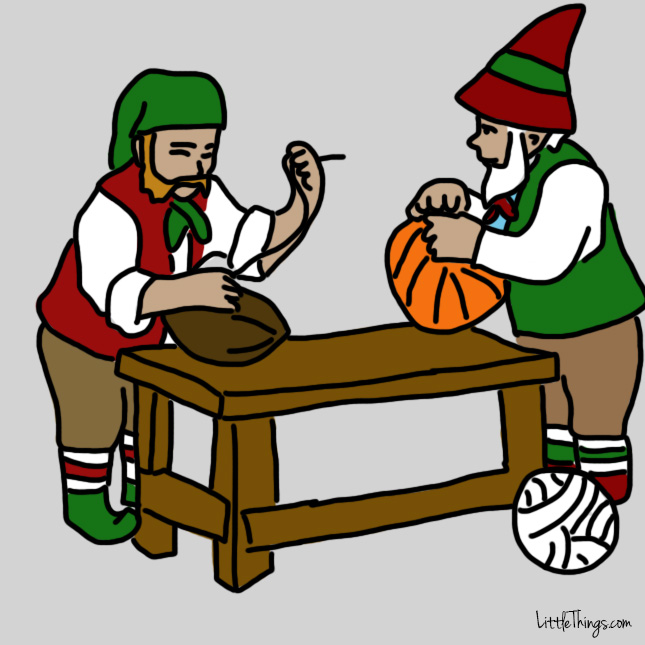
Since there are so many toys to create, Santa employs fast-working elves to put together all the toys to be distributed on Christmas. (This was, of course, before all those complications with branded toys.)
In the 1823 poem "A Visit from St. Nicholas" — more commonly known as "The Night Before Christmas" — Santa himself is described as a "jolly old elf," which means that he himself is a supernatural being.
The elf tradition is linked to the chimney and hearth tradition, as elves and fairies were thought to enter homes that way.
8. He Does Some Advertising On The Side
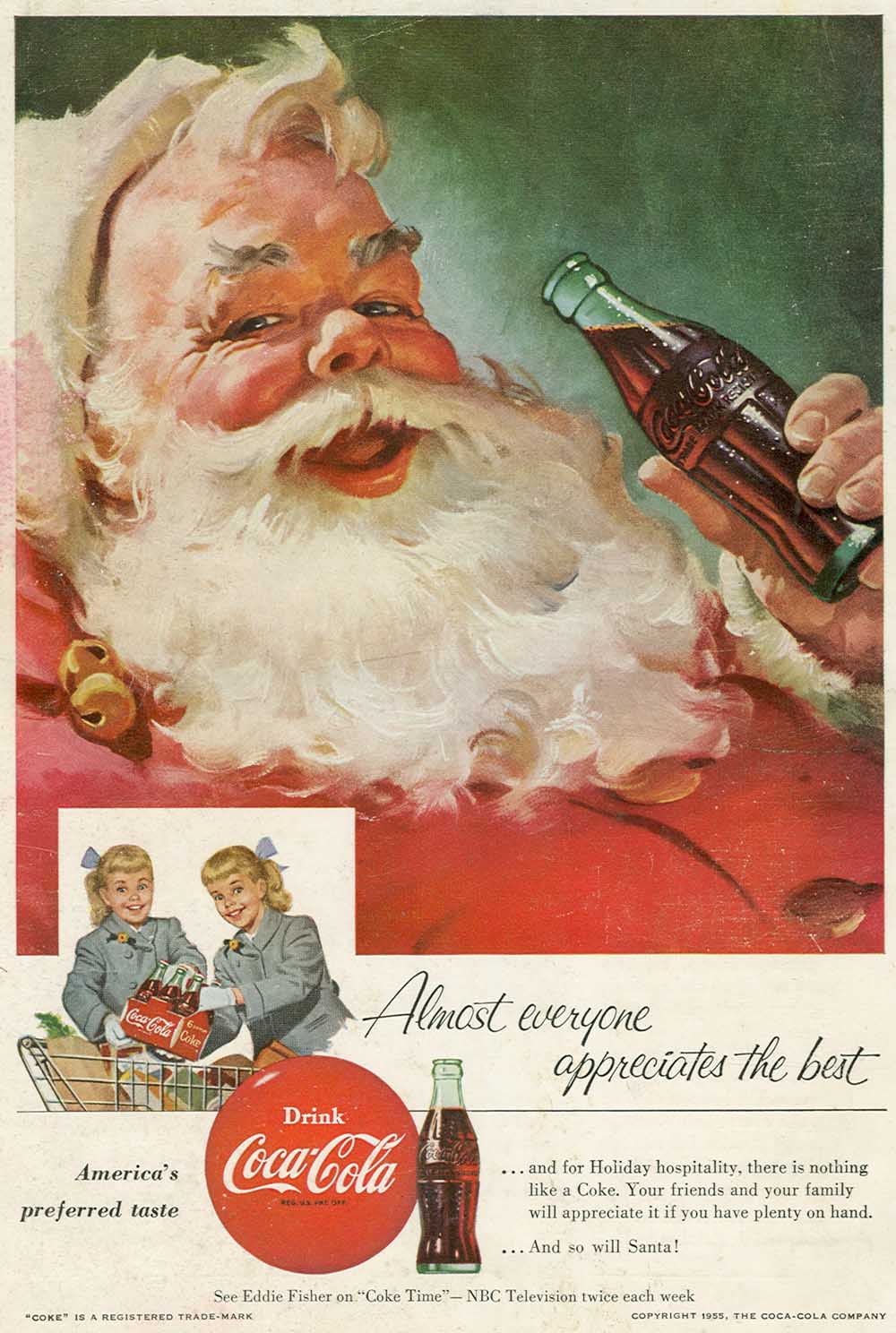
Santa and his red-and-white outfit are best known thanks to the Coca-Cola ads that debuted in the 1930s.
Because his outfit and the colors of the popular soda were the same, an urban legend sprung up that Santa was, in fact, invented in order to sell it!
But don't worry, that's not true. In fact, Santa's image had been used to sell other soft drinks prior to this, and he'd also appeared in his now-signature red-and-white garb.
Santa enjoying a Coke, though, has been one of the most successful marketing campaigns through the decades, and continues to this day.
9. His Look Has Changed Many Times
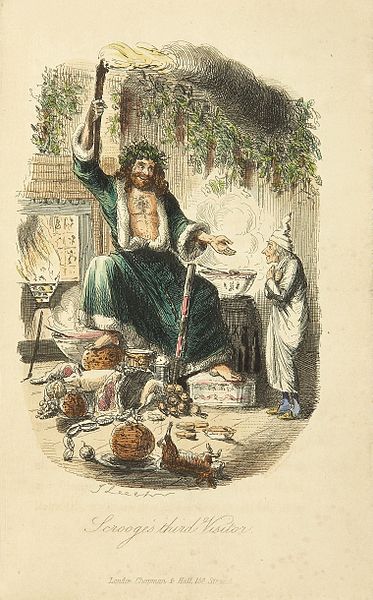
Over the years, Santa's iconic look has changed several times.
"The Night Before Christmas" cemented his plump, jolly look in popular culture. His clothing and appearance take cues from both the Dutch Sinterklaas and the English Father Christmas traditions. He was also associated with the Ghost of Christmas Present in Charles Dickens' A Christmas Carol.
While he was sometimes illustrated in green, his red-and-white outfit became popular in the 19th century.
10. You Can Hear Him By His 'Ho Ho Ho'
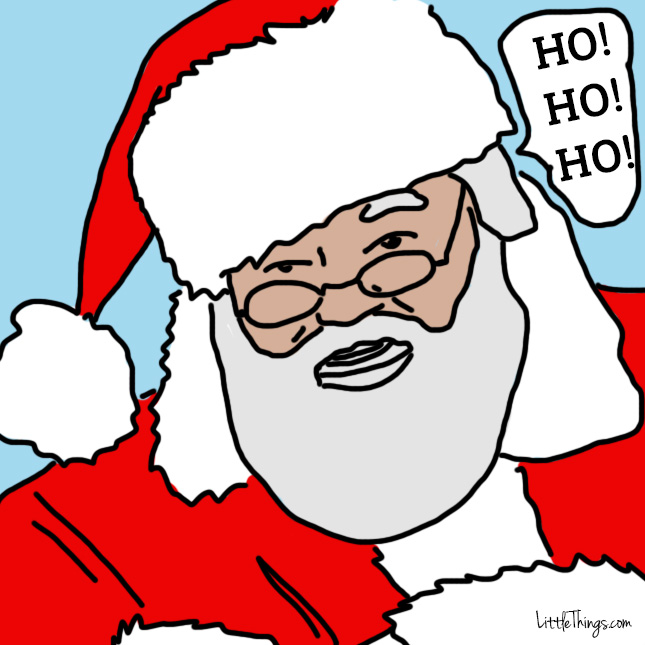
Santa's belly laugh also comes to us from "The Night Before Christmas," although it's never spelled out — we're just told that it makes his belly shake.
It's thought that "ho ho ho" is meant to simulate the deep laugh of a physically large person, while still sounding cheerful and friendly.
Some malls and other public places have recently banned the "ho ho ho," though, because of its similarity for a certain slang word deemed unsuitable for children. Sigh.
Now that you're a Santa expert, be sure to SHARE his awesome history with your friends for some added cheer!




